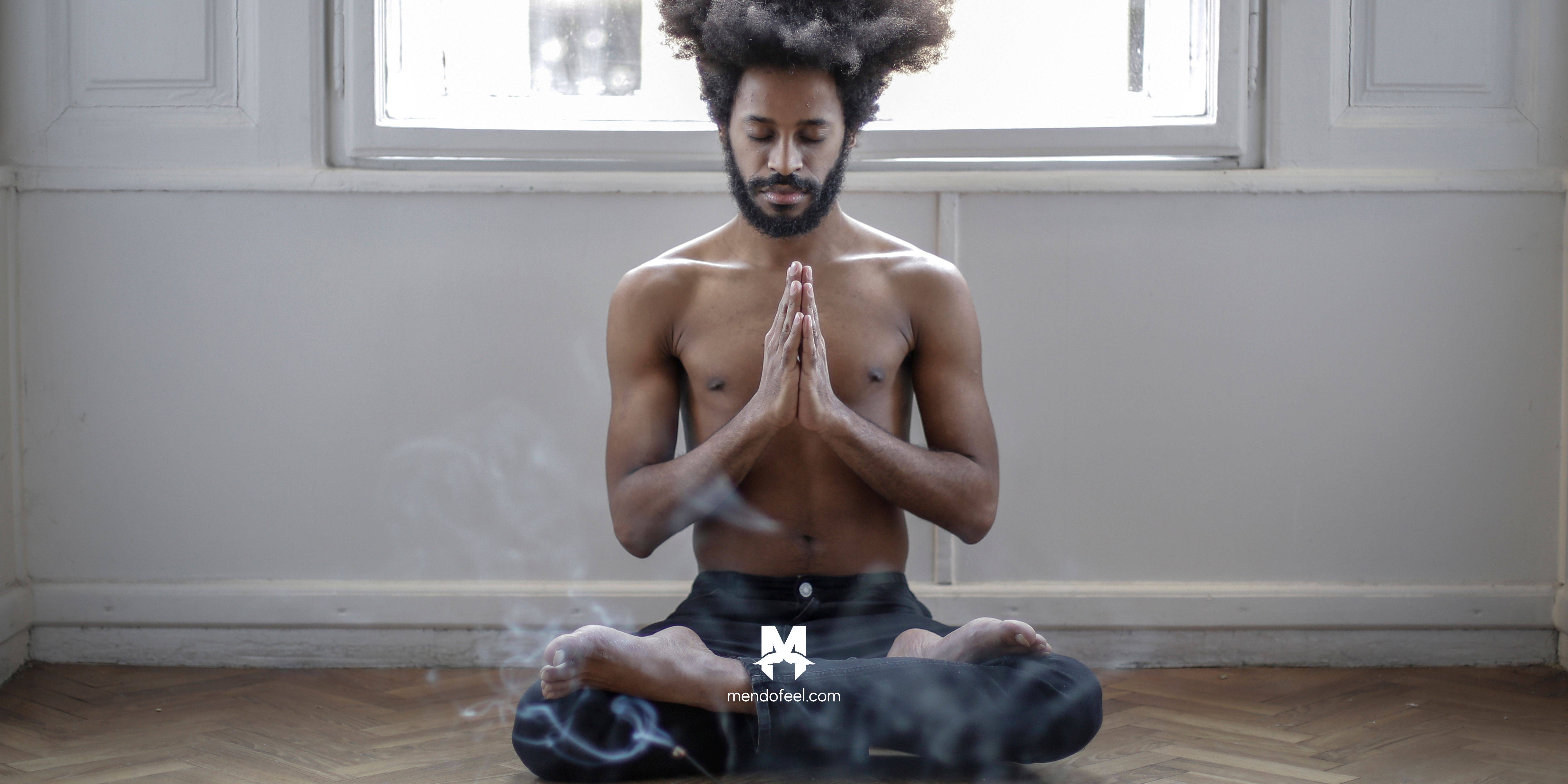Introduction:
Therapy, also known as psychotherapy or counseling, has proven to be a transformative tool in helping individuals navigate problematic behavioral patterns, unresolved developmental issues, and challenging emotions. Despite its potential to significantly improve the quality of life, seeking therapy has historically been surrounded by societal taboos. While there has been progress in normalizing discussions around mental health, there remains a considerable gap, particularly when it comes to men. In this article, we explore the reasons behind men's hesitance to seek therapy and the steps needed to break down these barriers.
Table of Contents:
1. Need To Look Tough:
- Many men believe in maintaining a tough facade, thinking that most problems can be resolved by projecting strength. Seeking help may be viewed as a deviation from the standard male behavior, leading to a reluctance to appear sensitive or vulnerable.
2. Stigma Surrounding Mental Health:
- Despite acknowledging the benefits of therapy, many men associate it with a perceived weakness of character. The stigma surrounding male mental health issues prevents some men from seeking the help they need.
3. Difficulty Opening Up:
- Boys often internalize societal messages discouraging the expression of vulnerability or care. This learned behavior can result in grown men finding it challenging to trust others with their emotions, constrained by rigid notions of masculinity.
4. Normalisation Of Men Acting Out:
- The gendering of emotions, such as anger and rage, as inherently masculine can lead men to rely on acting out as an outlet for their issues. The normalization of this behavior as 'Men being Men' hinders the acknowledgment and addressing of deep-seated problems.
5. Inability To Express Emotions:
- Some men may be so out of touch with their emotions that they are unaware of their own internal struggles. Bottling up emotions without realizing the impact can lead to a disconnect, hindering the ability to express oneself.
Overcoming Barriers:
It is essential to recognize that the hesitance of men towards therapy is influenced by social conditions and norms rather than biological determinants. To encourage more men to embrace therapy, a collective effort is required to challenge these existing perceptions.
- Normalize Male Mental Health Conversations:
- Increase awareness about the prevalence of mental health issues among men. Breaking the taboo surrounding mental health can dispel the illusion of toughness and encourage open conversations.
- Promote Positive Role Models:
- Highlight stories of well-known men who have sought therapy and openly discuss their mental health journeys. Positive role models can inspire others to prioritize their mental well-being.
- Education and Awareness Programs:
- Implement education programs that address the importance of mental health and therapy. Dispel myths and provide information to help men understand that seeking therapy is a proactive step towards self-improvement.
- Encourage Emotional Intelligence:
- Promote emotional intelligence from a young age, teaching boys that expressing and understanding emotions is a sign of strength, not weakness. Create environments that foster emotional openness.
Conclusion:
Breaking the stigma around men seeking therapy requires a collective effort to challenge ingrained societal norms. By normalizing conversations around male mental health, promoting positive role models, educating the public, and encouraging emotional intelligence, we can create a more supportive environment for men to prioritize their mental well-being. Seeking therapy is not a sign of weakness but a proactive step towards living a fulfilling life.










